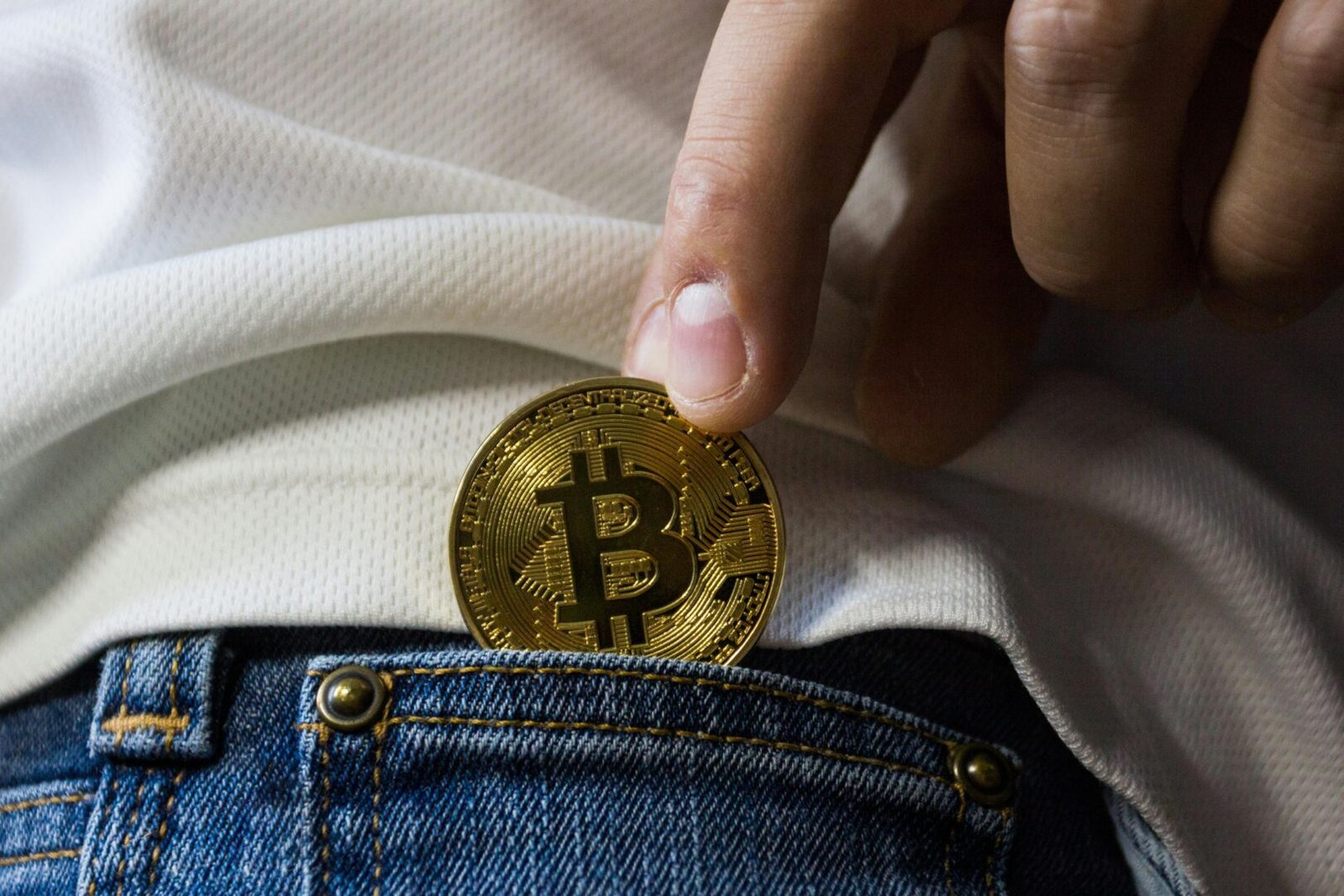Tether (USDT), the world’s largest stablecoin, has been plagued by controversy since its inception. Pegged to the US dollar in a 1:1 ratio, Tether promises stability in the often-volatile cryptocurrency market. However, questions surrounding its reserves and transparency have cast a shadow over its legitimacy. This article explores the controversy surrounding Tether in 2024.
Understanding Stablecoins
- Stablecoins: Cryptocurrencies designed to maintain a stable value relative to a fiat currency (like the US dollar) or other assets. They offer a supposedly less volatile alternative to traditional cryptocurrencies like Bitcoin.
- Tether (USDT): The most widely used stablecoin, claiming to be backed by reserves of US dollars and equivalent assets. However, the exact composition of these reserves remains a point of contention.
A Persistent Cloud of Doubt
- Lack of Transparency: Tether has repeatedly faced criticism for its lack of transparency regarding its reserves. The company has yet to provide a full audit by a reputable accounting firm, raising concerns about the true backing of USDT.
- Market Manipulation Allegations: Lawsuits allege Tether manipulated the cryptocurrency market by printing USDT without sufficient reserves, inflating Bitcoin and other crypto prices during the 2017 bull run. These allegations remain unresolved.
- Regulatory Scrutiny: Regulatory bodies around the world are increasingly scrutinizing Tether, with potential implications for its future operations and the broader stablecoin market.
Is Tether a Scam?
- Limited Public Information: The lack of transparency makes it difficult to definitively say whether Tether is a scam. However, the ongoing controversy creates uncertainty for investors.
- Alternatives Emerge: Several other stablecoins with different backing mechanisms and purportedly greater transparency have emerged, offering investors alternatives to USDT.
- Potential Systemic Risk: If Tether’s reserves are insufficient, a loss of confidence in USDT could trigger a broader crisis in the cryptocurrency market.
Rebuilding Trust or Facing Reckoning?
- Tether’s Actions Speak Louder Than Words: Regaining investor confidence hinges on Tether demonstrably increasing transparency and conducting a full, independent audit of its reserves.
- Regulatory Landscape: The evolving regulatory landscape surrounding stablecoins could significantly impact Tether’s future operations and potentially force changes in its structure or practices.
- Innovation in the Stablecoin Market: The controversy surrounding Tether has spurred innovation in the stablecoin space. Investors might have more transparent and robust stablecoin options in the future.
The Tether controversy serves as a cautionary tale for the cryptocurrency industry. Transparency and accountability are crucial for building trust and ensuring the long-term sustainability of stablecoins and the broader crypto market.
Tether Controversy
While the lack of transparency is a major point of contention, here’s a deeper dive into the Tether controversy:
- Understanding the Backing Mechanism: Tether claims its reserves consist of US dollars, cash equivalents, and other short-term assets. However, the exact breakdown and risk profile of these assets remain unclear.
- Impact on Market Volatility: If Tether were to lose its peg to the US dollar due to insufficient reserves or other unforeseen circumstances, it could trigger significant volatility in the cryptocurrency market, impacting other cryptocurrencies and potentially causing widespread financial losses.
- Investor Considerations: Given the ongoing controversy, investors should carefully evaluate the risks associated with using Tether before incorporating it into their cryptocurrency portfolios. Consider alternative stablecoins with demonstrably stronger transparency practices.
What if Tether Falls?
A worst-case scenario for Tether could have far-reaching consequences:
- Loss of Confidence in Stablecoins: A collapse of Tether could erode investor confidence in the entire stablecoin market, potentially leading to a flight from these assets and reduced liquidity.
- Crypto Market Crash: If Tether loses its peg and its value plummets, it could trigger a broader crash in the cryptocurrency market, causing significant financial losses for investors across various cryptocurrencies.
- Regulatory Intervention: A major crisis involving Tether could prompt stricter regulations for stablecoins, potentially hindering innovation and hindering the growth of the broader cryptocurrency space.
These potential consequences highlight the importance of addressing the issues surrounding Tether and ensuring transparency and stability in the stablecoin market.
Potential Solutions and the Future of Tether
Several potential solutions could address the Tether controversy and pave the way for a more stable future:
- Independent Audits: Regular, independent audits by reputable accounting firms are crucial for Tether to regain investor trust. These audits should disclose the full composition of its reserves and ensure they adequately back USDT.
- Regulatory Clarity: Clear and comprehensive regulations for stablecoins from global regulatory bodies are essential to establish transparency standards and mitigate potential risks.
- Innovation in Stablecoin Design: The controversy surrounding Tether might lead to the development of new stablecoin models with more robust backing mechanisms and enhanced transparency features.
The future of Tether hinges on its ability to address the controversy, rebuild trust through transparency, and adapt to the evolving regulatory landscape. Only time will tell if Tether can weather this storm and remain a dominant player in the stablecoin market.
Conclusion
The Tether controversy serves as a stark reminder of the importance of transparency and accountability in the cryptocurrency space. While Tether remains the most widely used stablecoin, its lack of transparency creates significant uncertainty for investors. As the regulatory landscape evolves and alternative stablecoin models emerge, Tether’s future depends on its ability to regain trust and adapt to a changing environment. Investors, meanwhile, should remain cautious and conduct thorough research before using Tether or any other stablecoin in their cryptocurrency portfolios.
FAQs
1. What’s the big deal about Tether?
Tether (USDT) is the most popular stablecoin, pegged to the US dollar. However, controversy surrounds its lack of transparency regarding the reserves backing USDT, raising concerns about its legitimacy.
2. Why is Tether’s lack of transparency a problem?
Without independent audits verifying Tether’s reserves, it’s difficult to know if there’s enough backing for all the USDT in circulation. This uncertainty creates risk for investors and the broader cryptocurrency market.
3. What are the potential consequences if Tether loses its peg?
A loss of peg could trigger a major market crash, causing significant financial losses for cryptocurrency investors. It could also erode trust in all stablecoins.
4. Are there any alternatives to Tether?
Yes, several other stablecoins exist, some with supposedly greater transparency in their reserve holdings. Investors should explore these options and carefully assess the risks before using any stablecoin.
5. What’s the future hold for Tether?
Tether’s future depends on regaining investor trust. This requires demonstrably increasing transparency through independent audits and potentially adapting to stricter regulations for stablecoins.



